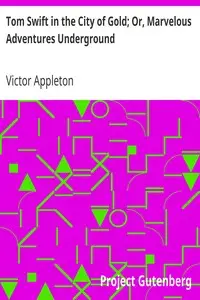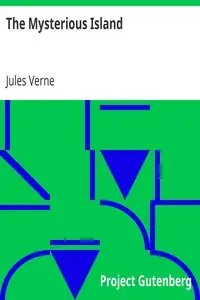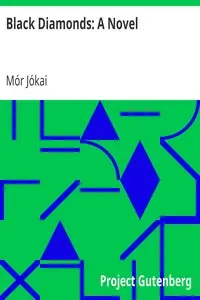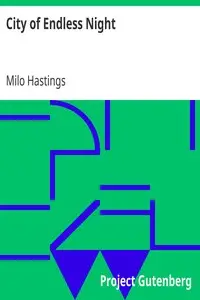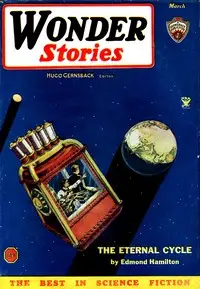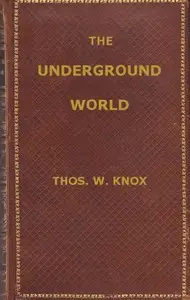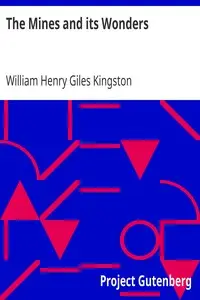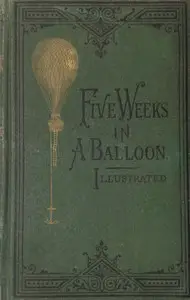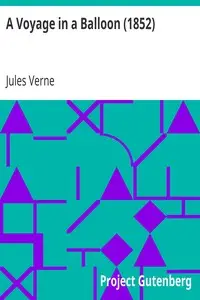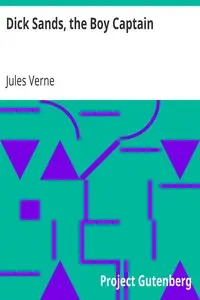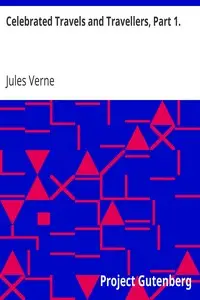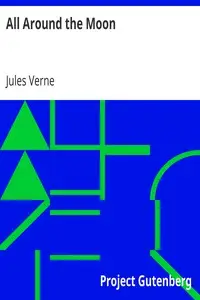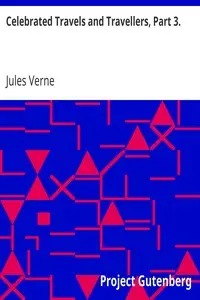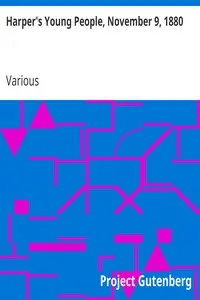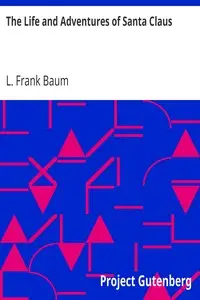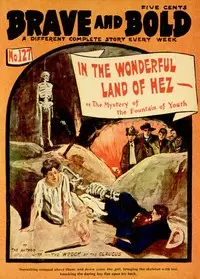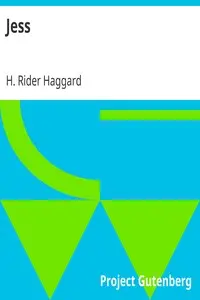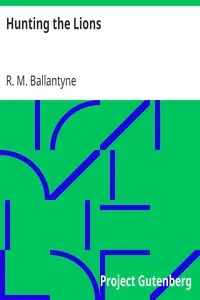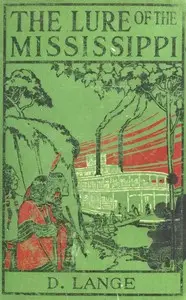"The Underground City; Or, The Black Indies" by Jules Verne is an adventure story that begins with engineer James Starr receiving a puzzling message from Simon Ford, an old foreman of the Aberfoyle coal mines, which have been closed for a decade. Intrigued, Starr ignores a warning letter and journeys to the mines, meeting Simon's son, Harry. They discover that Simon has been living inside the mine all these years, believing there are still untapped resources to be found. The story builds as they investigate the mine and detect flammable gas beyond a mysterious passage, hinting at the potential for discovering a new coal seam, leading to further excitement. This sets the stage for a thrilling exploration of the subterranean world and the characters' relentless pursuit of hidden riches.

The Underground City; Or, The Black Indies (Sometimes Called The Child of the Cavern)
By Jules Verne
An engineer revisits abandoned coal mines after receiving a strange message, leading him on an adventure to uncover hidden riches and solve the mysteries of an underground world.
Summary
About the AuthorJules Gabriel Verne was a French novelist, poet, and playwright. His collaboration with the publisher Pierre-Jules Hetzel led to the creation of the Voyages extraordinaires, a series of bestselling adventure novels including Journey to the Center of the Earth (1864), Twenty Thousand Leagues Under the Seas (1870), and Around the World in Eighty Days (1872). His novels, always well-researched according to the scientific knowledge then available, are generally set in the second half of the 19th century, taking into account the technological advances of the time.
Jules Gabriel Verne was a French novelist, poet, and playwright. His collaboration with the publisher Pierre-Jules Hetzel led to the creation of the Voyages extraordinaires, a series of bestselling adventure novels including Journey to the Center of the Earth (1864), Twenty Thousand Leagues Under the Seas (1870), and Around the World in Eighty Days (1872). His novels, always well-researched according to the scientific knowledge then available, are generally set in the second half of the 19th century, taking into account the technological advances of the time.

